Protein in Pregnancy
During pregnancy, women’s protein needs are greater than ever. In fact, the Institute of Medicine recommends women between ages 19 and 70 consume 46 grams of protein per day, whereas pregnant women are advised to consume nearly twice that, or approximately 80 grams. This extra protein consumption is vital, given the increased amount and size of a woman’s tissues, the baby’s needs, the effects of labor and birth, postpartum healing, and breastfeeding.
In this post we’ll talk about protein’s functions and benefits for mom and baby, talk about good protein-rich foods, and ideas for incorporating more protein into your diet while pregnant.
The functions and benefits of protein
…In general
Second only to water, protein is abundant in the body. It builds and repairs our body’s tissues. Bones, blood, skin, muscles, hair, organs, nails, and connective tissues are all made of proteins. Protein helps us maintain Ph and fluid balance in the body. It also helps form the antibodies necessary to fight infection. With adequate protein-to-carbohydrate consumption, we enjoy a stable blood sugar and have energy for our daily activities (including growing a baby).
…For fetus/baby
Protein is the raw material from which your baby and placenta are made. Protein is key in the baby’s hormones, growth, metabolism, and sexual development.
…For mama
Protein helps keep the uterus strong. It also contributes to the formation of breast milk. It is essential for blood clotting, which is important in childbirth. Protein helps us heal after childbirth.
Insufficient protein can lead to reduced muscle tone, abnormal development and growth, lowered ability to fight infection, lack of energy and stamina, slow recovery from injury and illness, and depression.
Protein in our foods
Our body’s protein is constantly being broken down, utilized and replaced through the foods we eat. Protein in the foods we eat is broken down into amino acids that are used by the body. Of these amino acids about half can be made by the body or converted into another kind if needed. But the other half cannot be made and must be consumed through our foods. These are called the essential amino acids. Approximately 9 are essential for adults and an additional 3 are needed by infants and children (sources vary).
While these essential amino acids are found in many foods, they need to be found in specific proportions to be useful to the body. Complete proteins are foods that have the right amounts of these amino acids. Incomplete proteins are either missing or low in certain essential amino acids. (However, they can be paired with other foods to make a complete protein. Recent studies show the body can combine proteins eaten in the same day to create a “complete protein.”)
Complete proteins include: meat, fish, poultry, dairy, eggs, and soybean products.
Incomplete proteins include: grains, legumes (beans and lentils), seeds, nuts and nut butters, and some vegetables.
Amaranth, buckwheat, hempseed, quinoa, and spirulina are considered nearly complete, while corn protein, for example, is lower in the essential amino acids. (Spirulina is considered one of the most nutrient dense protein forms.)
Eating protein in Pregnancy
It’s important to consume protein from a variety of sources with each meal and snack throughout the day when pregnant. This is the best way to meet your daily requirements.
Some high protein meals:
Bean and rice (and cheese) burrito (whole wheat or sprouted tortilla)
Scrambled eggs with quinoa (see recipe here for tasty meal)
Oatmeal (maybe add in fruit and nuts)
Lentil soup with kale, other soups with meat, beans, legumes
Lean meats or “safe” fish
Some high protein snacks:
Hummus with veggies or pita
Nuts (trail mix)
Hard boiled egg
Cottage cheese with nuts and fruit
Peanut or almond butter on whole grain or sprouted toast or an apple
Smoothie (consider any of these great ingredients: spirulina, kale, raw spinach, chia seeds, flax seeds, hemp seeds, nut butter, coconut water, bananas)
Yogurt
Edamame
